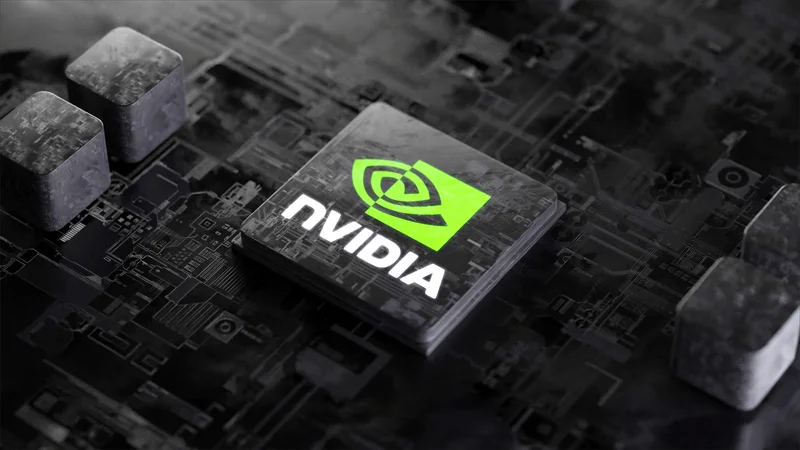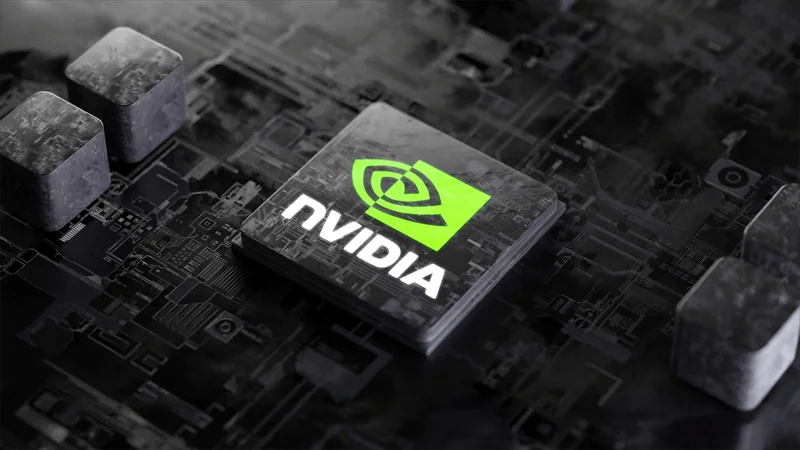Article Directory
This Isn't a Factory. It's a Nervous System.
Corporate press releases are an art form, designed to generate headlines while obscuring the granular, often messy, details. A recent example is the Samsung Teams With NVIDIA To Lead the Transformation of Global Intelligent Manufacturing Through New AI Megafactory press release, where the term "AI Megafactory" itself was a masterstroke of marketing. It conjures images of a vast, gleaming facility humming with robotic arms and silicon wafers. But the reality is something far more abstract, and frankly, far more significant.
This isn't about building a new structure of steel and glass. It's about architecting a new corporate nervous system.
The headline number is the deployment of over 50,000 NVIDIA GPUs. Let's pause and quantify that. The announcement is strategically vague on the specific GPU models, but assuming these are enterprise-grade accelerators, the capital expenditure is staggering. Even with a deep partnership discount, the hardware cost alone likely runs into the billions. This isn't a pilot program; it's a fundamental, company-wide overhaul of how Samsung designs and manufactures everything from semiconductors to mobile devices. The AI Megafactory is a distributed intelligence layer, an overlay on top of Samsung’s existing global infrastructure, designed to connect and analyze every bit of data from every sensor on every machine. It’s an attempt to turn a collection of disparate, highly-optimized processes into a single, self-learning organism.
The stated goal is to embed AI throughout the entire manufacturing flow, from chip design to quality control. This is where the hype starts to meet reality. Samsung cites a 20x performance gain in computational lithography by leveraging NVIDIA’s cuLitho platform. That’s not a vague promise of future efficiency; it’s a hard metric. Computational lithography is one of the most compute-intensive parts of semiconductor manufacturing, a bottleneck where even marginal improvements can save millions and shave weeks off development cycles. A 20x gain isn't an improvement; it's a paradigm shift. So, while the "Megafactory" branding is nebulous, the underlying operational targets are brutally concrete.
The Symbiotic Lock-In
This announcement is being framed as the next logical step in a 25-year collaboration. It’s more than that. It represents a strategic convergence, a point where two giants in the tech ecosystem—one a master of hardware manufacturing, the other the master of accelerated computing—are becoming inextricably linked. This isn't just a client-vendor relationship anymore. It's a symbiotic lock-in.

NVIDIA needs Samsung. It needs Samsung’s next-generation HBM4 memory to feed its future AI accelerators, which are growing more data-hungry with every generation. The press release mentions Samsung’s HBM4 will reach processing speeds of 11 gigabits-per-second (a significant jump from the JEDEC standard of 8Gbps). For NVIDIA, securing this high-performance memory pipeline is a mission-critical objective to fend off competitors like AMD.
Conversely, Samsung needs NVIDIA. To stay ahead of rivals like TSMC in the bleeding-edge foundry business, it must optimize yields and accelerate design cycles. The cost of errors at the 4-nanometer node and below is astronomical. This is where the digital twin concept, powered by NVIDIA's Omniverse, becomes less of a buzzword and more of a financial necessity. By creating virtual replicas of its fabs, Samsung can simulate process changes, perform predictive maintenance, and optimize workflows without risking a multi-billion dollar production line. It's the ultimate "measure twice, cut once" philosophy, executed at planetary scale.
I've looked at hundreds of these corporate partnership filings and announcements, and the level of integration described here is unusual. It extends beyond manufacturing into co-development of AI-RAN (Radio Access Network), a technology that embeds AI directly into the network edge. This suggests a shared vision that goes far beyond a transactional hardware sale. The question this raises, which the press release doesn't answer, is how this co-dependency will be managed. When your primary supplier of AI infrastructure is also a potential foundry customer and a partner in R&D, where do the lines of competition and collaboration blur?
This deep integration is a massive bet on a single architecture. What happens if a disruptive new AI hardware paradigm emerges from outside the NVIDIA ecosystem? Has Samsung created an unbeatable efficiency engine, or have they painted themselves into a very expensive, albeit powerful, corner?
The Real Moat Is the Data, Not the GPUs
Let's be clear. The 50,000 GPUs are just the buy-in. They are the ticket to the game. The real story, the one that will determine the long-term success of this initiative, is the creation of a proprietary, unified data feedback loop. For decades, manufacturing has been about optimizing discrete steps. This is about optimizing the entire system. By funneling data from design, wafer patterning, equipment operations, and quality control into a centralized AI, Samsung is building an institutional brain. This brain will learn the subtle correlations between ambient temperature in a fab in Austin and the yield of a specific memory chip. It will predict machine failures before they happen by analyzing acoustic data.
This is the true moat. It's not the hardware, which competitors can also buy. It's the data and the proprietary models trained on that data. The AI Megafactory's most valuable output won't be a chip or a phone; it will be predictive intelligence. It's a system designed to get exponentially smarter with every wafer it processes. This is the real story affecting the long-term outlook for NVIDIA stock, AMD stock, and the entire semiconductor supply chain. The race is no longer just about who can build the most advanced chip, but who can build the smartest factory.


